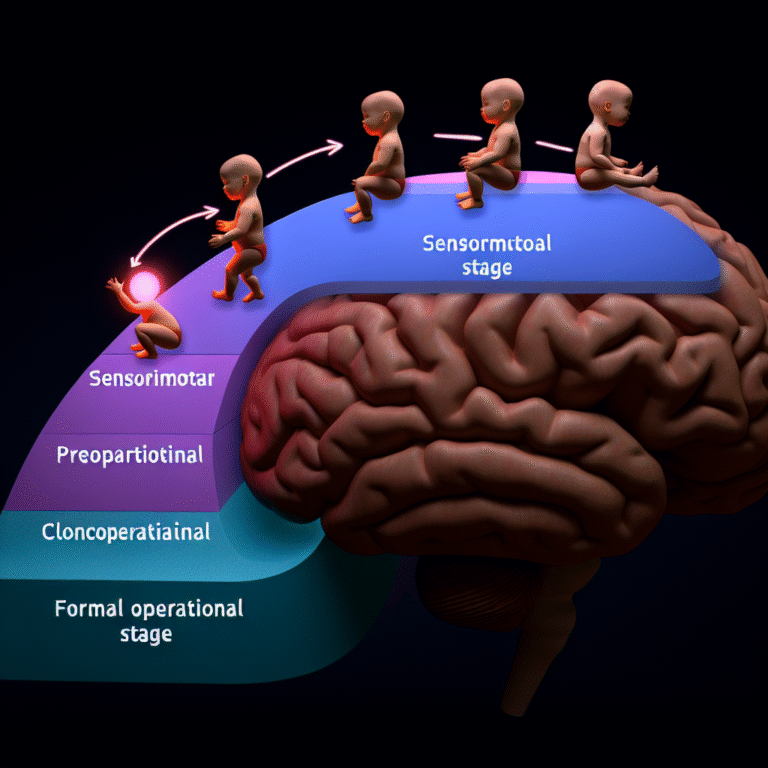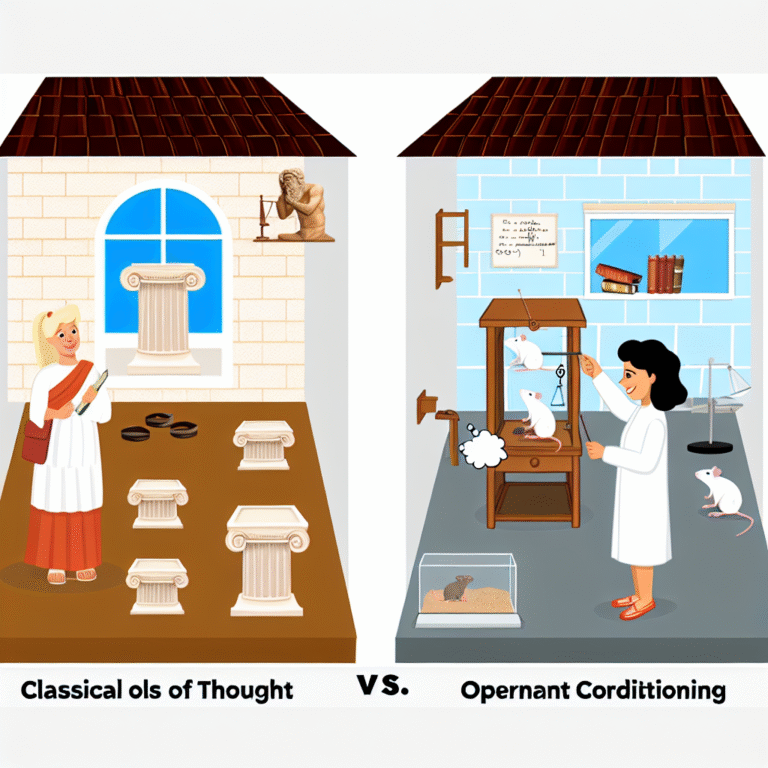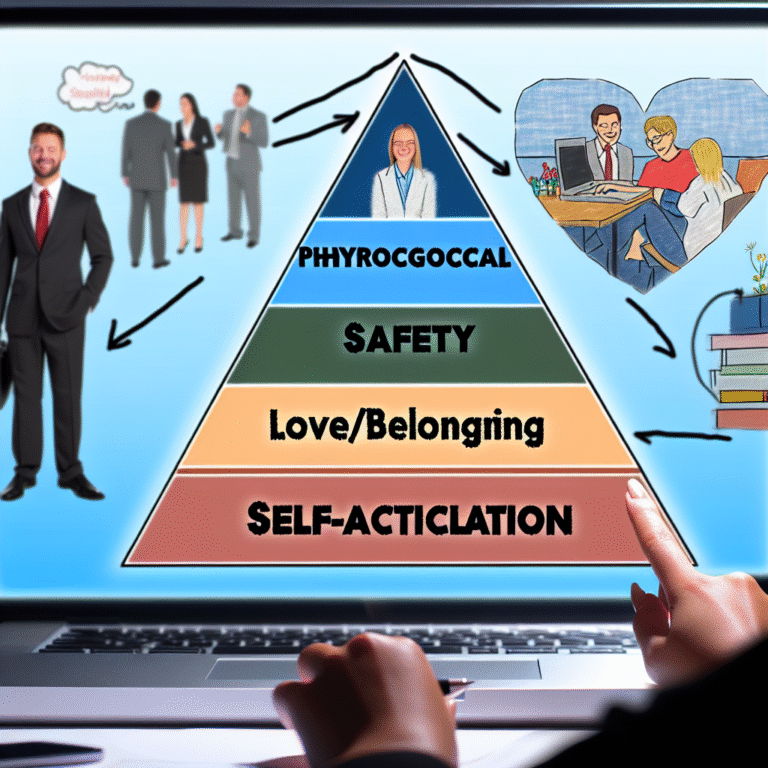
Shifting Gears: How to Transition to a Growth Mindset in Everyday Life
In today’s fast-paced world, personal growth isn’t just beneficial; it’s essential. The concept of a growth mindset—believing that our abilities can be developed through dedication and hard work—has gained immense popularity. It’s not just a buzzword; it’s a transformative framework that can revolutionize how we approach our daily lives. In this article, we’ll explore how to adopt a growth mindset and the profound changes it can bring to your everyday life.
Introduction: The Power of Mindset
Imagine waking up each day with a renewed sense of purpose, viewing challenges as opportunities for growth, and embracing learning as a lifelong journey. This is the essence of shifting gears: how to transition to a growth mindset in everyday life. Research shows that individuals with a growth mindset are more resilient, enjoy higher achievement, and experience less stress. Therefore, transitioning to this mindset isn’t just a personal goal; it’s a necessity for building a fulfilling life.
Understanding Growth vs. Fixed Mindset
What is a Growth Mindset?
A growth mindset is defined by the belief that abilities and intelligence can be cultivated through hard work, good strategies, and input from others. The term was first coined by psychologist Carol Dweck, who emphasizes its importance in academic and personal success.
What is a Fixed Mindset?
In contrast, a fixed mindset assumes that our character, intelligence, and creative ability are fixed traits. Those with a fixed mindset believe that talent alone leads to success, without the need for effort.
By recognizing these two mindsets, you can begin the process of shifting gears: how to transition to a growth mindset in everyday life.
The Benefits of a Growth Mindset
Adopting a growth mindset can lead to numerous advantages:
- Increased Resilience: Overcoming obstacles becomes easier as you learn to view setbacks as learning experiences.
- Enhanced Motivation: You’re more likely to embrace challenges, as they are seen as steps toward mastery rather than threats.
- Improved Relationships: A growth mindset cultivates empathy, promoting healthier relationships through effective communication and understanding.
Steps to Shift Gears Towards a Growth Mindset
1. Self-Reflection and Awareness
Start by assessing your current mindset. Keep a journal to note when you feel challenged or discouraged. Ask yourself:
- What thoughts arise during these moments?
- Are they more aligned with a growth mindset or a fixed mindset?
This introspection is the cornerstone of shifting gears: how to transition to a growth mindset in everyday life.
2. Embrace Challenges
Cultivate a habit of seeking out challenges. Whether it’s taking on a new project at work or learning a new skill, challenges are opportunities for growth. Here’s a simple chart to illustrate this concept:
| Challenge Type | Growth Mindset Response | Fixed Mindset Response |
|---|---|---|
| New Job Responsibility | Excited to learn | Fear of failure |
| Difficult Subject | Opportunity to master | Avoidance of the subject |
| Physical Challenge | Motivation to improve | Discouragement from failure |
3. Cultivate a Love for Learning
Every experience offers a lesson. Read books, attend workshops, and engage in discussions that challenge your perspectives. This gives you the tools necessary to truly embody the shifting gears philosophy.
4. Shift Your Language
The language we use influences our thought patterns. Replace phrases like "I can’t" with "I can’t yet." This subtle shift reinforces the understanding that growth is possible and ongoing.
5. Seek Constructive Feedback
Feedback is a vital part of growth. Regularly seek input from peers or mentors and be open to their perspectives. Instead of feeling attacked or defensive, approach feedback as a valuable insight into your growth journey.
Case Studies: Real-World Applications
Case Study 1: The Business Leader
John, a corporate executive, had a fixed mindset. After struggling with his team’s performance, he realized he needed to shift gears. By actively seeking feedback and viewing challenges as opportunities, he transformed his leadership approach. His team became more engaged and productive, illustrating the power of adopting a growth mindset.
Analysis: This case shows how a growth mindset can lead to better leadership and teamwork, reinforcing the notion that personal development affects organizational success.
Case Study 2: The Student
Sarah, a high school student, constantly felt overwhelmed by her grades. After learning about growth mindset principles, she began to embrace challenges. Instead of viewing her struggles as failures, she saw them as opportunities to improve. Her grades improved along with her confidence, demonstrating the impact of mindset on academic success.
Analysis: This highlights the importance of nurturing a growth mindset in educational contexts, paving the way for lifelong learners.
Practical Tools for Everyday Shifting Gears
Mindfulness Practices
Incorporating mindfulness practices such as meditation can enhance your self-awareness. Mindfulness helps you observe your thoughts without judgment, allowing for a more flexible mindset.
Goal Setting
Set achievable, growth-oriented goals. Instead of "I want to be successful," redefine it to "I want to improve my skills through constant learning." This small change can significantly influence how you approach your achievements.
| Goal Type | Fixed Mindset Approach | Growth Mindset Approach |
|---|---|---|
| Skill Mastery | "I’m not good at this." | "I will improve with practice." |
| Long-Term Vision | "It’s impossible." | "I can take small steps." |
Conclusion: Embrace the Journey
Shifting gears: how to transition to a growth mindset in everyday life isn’t a one-time event; it’s an ongoing journey. As you embrace challenges, learn from failures, and celebrate progress, you will cultivate resilience and unlock your full potential. Remember, every small step taken towards adopting a growth mindset contributes to a larger transformation, both personally and professionally.
FAQs about Shifting Gears to a Growth Mindset
1. How long does it take to develop a growth mindset?
Developing a growth mindset is a gradual process. Consistent practice and self-reflection can lead to noticeable changes within a few months.
2. What are some quick ways to practice a growth mindset?
Start by reframing negative thoughts, seeking feedback, and embracing challenges. Practicing gratitude can also shift your perspective towards growth.
3. Can a growth mindset be taught?
Yes, a growth mindset can be cultivated through education, workshops, and positive reinforcement from peers and mentors.
4. How can I help my children develop a growth mindset?
Praise their efforts rather than inherent traits, encourage them to embrace challenges, and model a growth mindset in your own actions.
5. What if I’m stuck in a fixed mindset?
Recognizing that you have a fixed mindset is the first step toward change. Use the strategies outlined in this article to start your journey of shifting gears.
By embodying these principles, you not only change your mindset but also inspire those around you to do the same. Embrace the journey, and remember: growth is a continuous process worth pursuing.
















